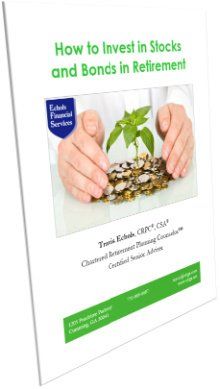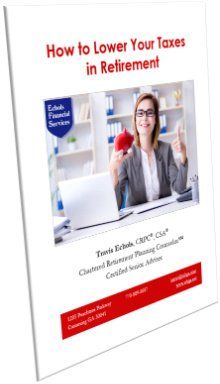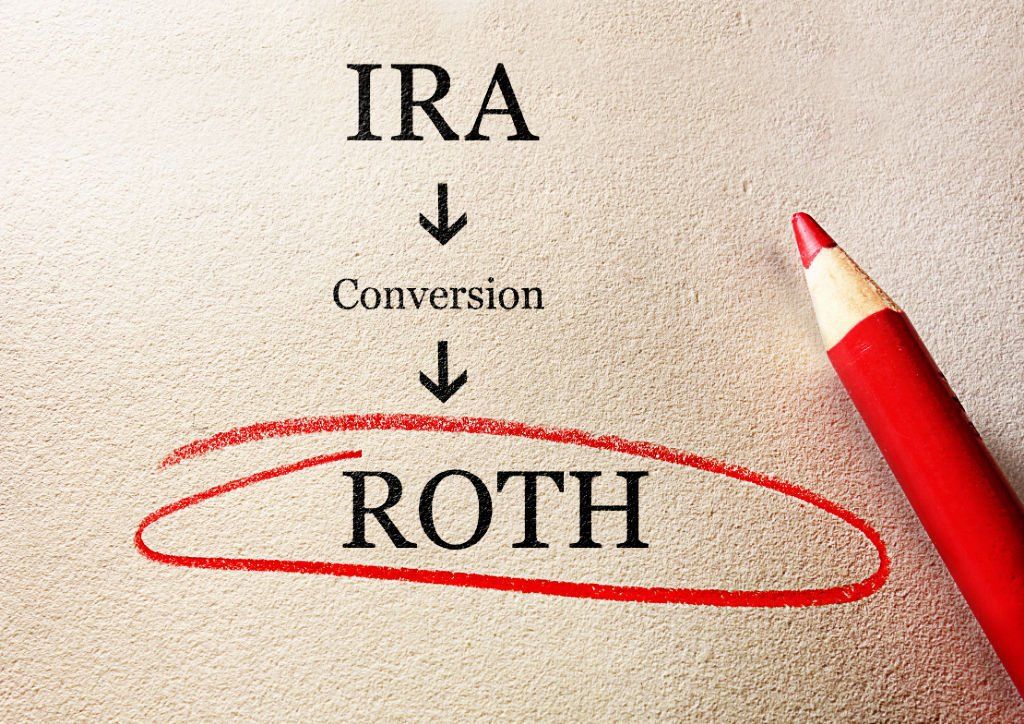How to Take Advantage of Last Week's Stock Market Disruption

We finally saw volatility return after a long
stretch of new stock market highs. It is never fun to see our stock values go down,
but we know the markets can only go up for so long before they retreat for a while.
Sign up to receive other helpful email articles on retirement planning--free of charge
.
The following JP Morgan chart demonstrates how the average, historical, double-digit return of the stock market isn't neatly represented by tightly grouped returns around that average--certainly not over short time periods. There is significant variability (i.e., volatility) in the short run with the longer periods having a much tighter spread as observed below.
Some people call these disruptions “the market breathing”. Anthropomorphically speaking, the market cannot keep running without stopping for a while to catch its breath.
These market downdrafts in actuality can present an opportunity.
When markets go up and up as they have recently, investors can become complacent. Maybe they have not diversified over this time. I mean, "Why should I change my portfolio? It has been doing so well."
And some will have worse thoughts of "loading up" even more in those investments that have performed so well as of late.
The problem with this type of thinking is a lack of awareness of a principle called "reversion to the mean". Reversion to the mean basically is a historically verified phenomenon that says stock market asset classes that have outperformed their long-term historical average return for the last few years will likely under-perform over the next few years as the price reverts back to its average (i.e., mean). For more, read my July 2017 article entitled, Investment Basics to the Rescue .
With this axiom in mind, as market values continued to soar over the last year with the U.S. S&P 500 cyclically adjusted price to earnings ratio (Shiller PE 10 or CAPE) eventually exceeding 34 (its average being 16), every investor should have been systematically rebalancing their portfolio toward asset classes that have lower prices and thus more upside potential going forward. I'm not talking about market timing. I'm not talking about making big swings from all stocks to all cash—which is a loser's game for sure since you have to be right twice: when to get out and when to get back in--no, just a rebalancing all along the way, selling portions of assets that are at high prices and buying assets that are more attractively priced.
As for people approaching retirement, or in retirement, what should have been happening is a gradual movement from stocks to bonds as stocks moved higher and became a larger and larger percentage of the portfolio. In other words, retirees and those within ten years of retirement should have been lowering their stock exposure as their allocation percentage rose above their appropriate allocation goal. This is truly taking advantage of the market moving up--locking in some gains and buying assets that are cheaper.
This is harder than it looks because when particular investments have been growing, we tend to be optimistic about them. And when they have been declining, we tend to be pessimistic about them. That’s why good investors must always be operating in an opposite direction of their natural emotions. Understanding historical mean reversion makes it much easier to sell when most people are giddy and to buy when most people are scared. But this is the path to be a successful investor in the long run. The momentum factor works for the short term, but the mean reversion principle works over the long term.
And what do we do after experiencing a correction or a bear market? We
take advantage of it by rebalancing again. For example, if a retiree had rebalanced to meet
a 40% equity exposure, based on their goals, risk tolerance and the current high
valuation of the market, it may be time now to rebalance not just back to the
40%, but perhaps even to a higher percentage, since the market valuation is now more attractive. This is called dynamic (versus static) asset allocation and can significantly increase a retirees safe withdrawal rate (i.e., have more income). See Three Steps to Safely Maximize Your Portfolio Income
for more on full dynamic rebalancing.
One thing I’ve noticed. The market doesn’t give a hoot about our retirement goals. It is going to do what it is going to do. And having more money in the market doesn’t necessarily mean it will yield us a higher return to meet our goals.
What we need is a system to manage the market, and that means seeing market movements as opportunities to sell high and buy low in a way that is driven by our needs and goals--and that doesn't depend on market timing schemes which have been proven to be unreliable. Financial planning is the first step to understand exactly what I need my investments to do for me, within the confines of what they are realistically capable of doing under various economic conditions.
I have recently talked with several people nearing retirement whose retirement portfolios were wildly inappropriate for their financial goals. I talk about this danger in The Seven Biggest Threats to a Successful Retirement and How to Navigate the Retirement Danger Zone .
We’ve only got one shot at retirement. We can’t afford to be complacent. We need a strategy that is well-researched and that has been shown to work under all sorts of market conditions and disruptions—and can take advantage of these inevitable circumstances. Then, we need to be disciplined to implement the strategy when our emotions may be pulling us in the opposite direction.
After all, if our strategy is robust, we have not only anticipated market pullbacks like these, and protected ourselves from excessive losses, we will take advantage of them to advance us toward our goals.
Whatever you do, know that I am here to help, and wishing you all the best.


Travis Echols , CRPC®, CSA
Receive free Social Security Guide by email




Investment Advisory Services offered through JT Stratford, LLC. JT Stratford, LLC and Echols Financial Services, LLC are separate entities.











